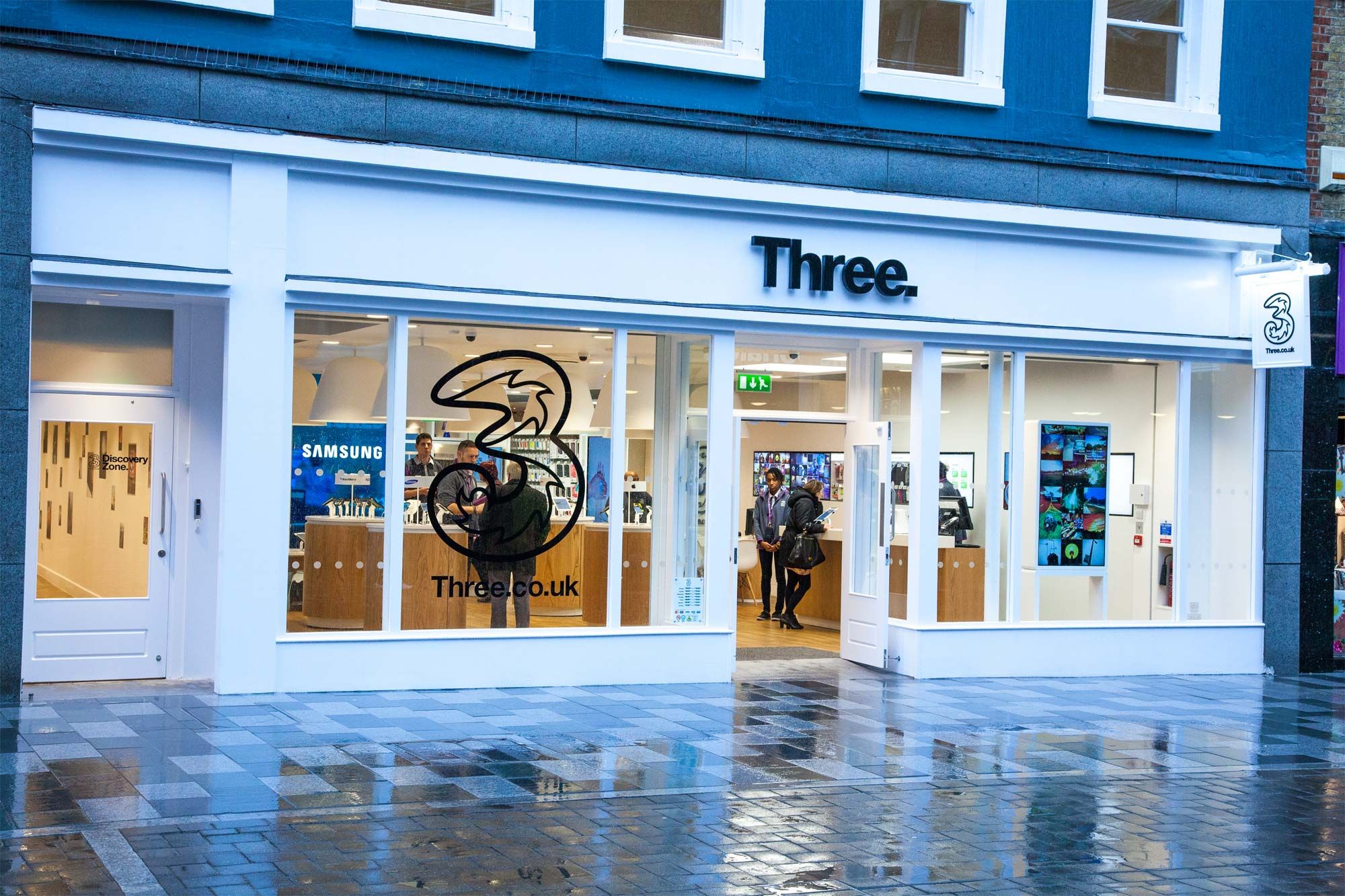Three is preparing itself for the move to 5G. That will come as no surprise, as much of the talk in mobile circles over the last few years has been the step forward to 5G. The company also finds itself in a strong position, with plenty of spectrum allocation, although its ambitions are driven by another factor: growth.
Three is one of the smaller networks in the UK when stacked up alongside the giants of EE/BT, Vodafone and O2. So far, savvy decisions that appeal to customers have been part of the driving force, like not charging extra for 4G when it launched in 2014 and being one of the leaders in offering roaming data at no cost.
It's all about growth
But, says Dave Dyson, CEO of Three UK, the network is getting close to capacity when it comes to 4G - and that's a driving force to getting 5G into place.
When people talk about 5G, it's often about headline speeds or the opportunities for latency-free real-time events like VR or connecting autonomous cars. For Three, the priority aim is to give the network space to accommodate more customers and give them a 5G service.
In some ways, it gives Three a strategic advantage in moving forwards, as those networks - such as EE - who already have a leading 4G proposition - might not have such a demand to move to 5G so quickly.
For Three, however, there's a lot happening. The company recently announced that it had stopped selling 3G-only devices and its also plans now include refarming spectrum from 3G to 4G, to boost the 4G experience, as well as offering carrier aggregation to boost 4G speeds on the network.
For Three's 5G future, the company has confirmed that equipment testing will be taking place in the first half of 2019. There's a change to how the core of the network is handled from three major data centres to wider distribution across the UK, as well as changes to be made at the sites, taking advantage of new technologies like Massive MIMO (M-MIMO) to give better performance.
5G broadband aims
Then there's 5G home broadband. In 2017 Three acquired UK Broadband (with its own allocation of spectrum) and part of this is Relish Broadband, a home broadband offering that uses 4G to the home, rather than a wired connection. The customer then connects to the router using Wi-Fi as normal.
Three hasn't said a lot about where Relish will go, but has now speculated that 5G provides the capacity for a more competitive wireless home broadband network. Currently, Relish is rather small, but with the roll-out of 5G infrastructure - like M-MIMO - it could well be the case that Three can provide faster home broadband into locations that don't have access to wired connections.
Three hasn't outlined exactly what will happen with Relish, except to say that it can be "super-charged" thanks to 5G.
When will Three launch its 5G network?
The company hasn't confirmed exactly when you'll be able to buy a 5G contract, how it will be structured or what the package will be, but there's certainly a lot of wheels in motion right now.
As we've said, the hardware testing for 5G will be taking place in the first half of 2019 for the new Three network and the company is expecting 5G devices to become available in the second half of 2019, but didn't go as far as saying when they would be offering those devices.
But when asked for an idea of the time when everything would fall into place, Dyson responded that the end of 2020 should see Three offering the best 5G experience.

